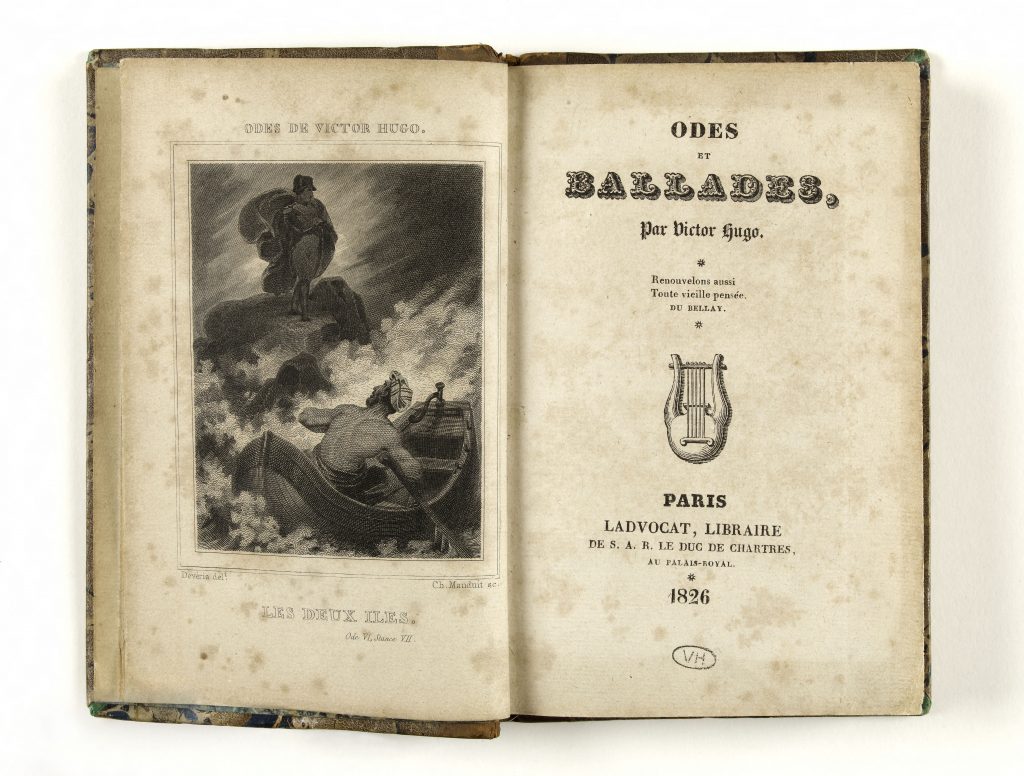
Publishers, as we know them today, appeared during the 19th century. Previously, printer-booksellers produced and sold their own publications in facilities combining printing workshop and retail store. First clustered in the Latin Quarter (particularly the Rue Saint-Jacques near the Sorbonne University) printer-booksellers gradually made their way into other districts, and notably the arcades of the Palais-Royal gardens, a centre of Parisian life.
In the early 19th century, changes in manufacturing and distribution favoured the emergence of professional publishers, who ceased to print or sell books, but rather focused on designing works. A veritable orchestra conductor, the editor, who continued to be called a libraries (bookseller) if he maintained a point of sale, became an indispensable link between the author, illustrator and printer. Such were Balzac’s publishers, with whom the author, often late in delivering his copy, was not always on good terms. Among them we might cite Madame Béchet and P.F. Ladvocat. The widow of published Charles Béchet undertook to publish, under the title Études de moeurs, the vast novelistic enterprise that was to become La Comédie humaine. Pierre-François Ladvocat, who distributed major authors such as Chateaubriand, Lamartine and Victor Hugo, refused to publish the youthful Balzac, who never forgot the slight.
Ladvocat was to be the primary model for Dauriat, the character in Illusions perdues, a novel that bears witness to Balzac’s knowledge of the book business.
‘“You know nobody; you have access to no newspaper, so your Marguerites will remain demurely folded as you hold them now. They will never open out to the sun of publicity in fair fields with broad margins enamelled with the florets which Dauriat the illustrious, the king of the Wooden Galleries, scatters with a lavish hand for poets known to fame. I came to Paris as you came, poor boy, with a plentiful stock of illusions, impelled by irrepressible longings for glory—and I found the realities of the craft, the practical difficulties of the trade, the hard facts of poverty.”’
Honoré de Balzac, Illusions perdues, Paris: Furner, Dubochet, Hetzel et Paulin, 1843 (Translation Ellen Marriage).


